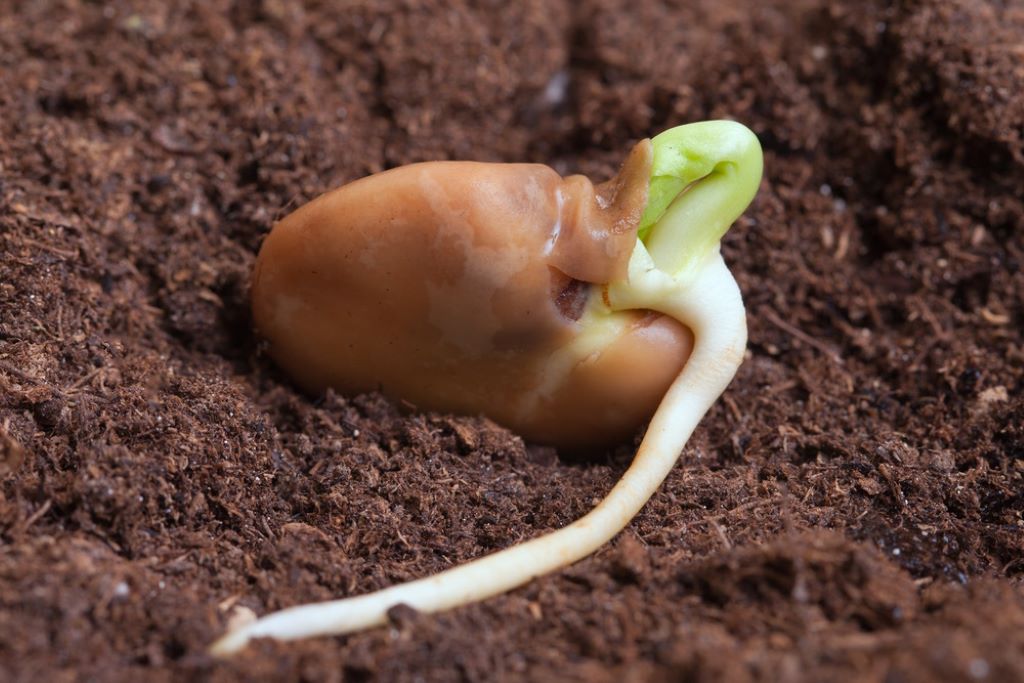Ah, the dream of a lush green lawn – a haven for bare feet and backyard picnics. But achieving that dream starts with a tiny miracle: grass seed germination. Those unassuming seeds hold the potential for a vibrant carpet, but coaxing them to sprout requires a touch of science. In this article, we’ll delve into the fascinating world of grass seed germination, focusing on the temperature factor – the secret ingredient for successful sprouting.
The Sweet Spot: Temperature for Germination Magic
Most grass seeds germinate best within a specific temperature range. This sweet spot typically falls between 50 and 65 degrees Fahrenheit (10-15.6°C) for cool-season grasses like Kentucky bluegrass and perennial ryegrass, which dominate many lawns. This range reflects the ideal soil temperature, not just air temperature. Remember, soil acts as an insulator, so daytime highs in the 60s to 70s F (15.5-21°C) often correspond to the perfect underground environment.

Beyond the Basics: Germination Variations
While the 50-65°F range is a good rule of thumb, it’s not a rigid law. Here’s where things get interesting:
- Seed Type Matters: Warm-season grasses like bermudagrass and centipede grass prefer warmer soil, ideally around 65-80°F (18.3-26.7°C). This aligns with their preference for hotter climates.
- Nature’s Nuances: Some cool-season grass varieties, like perennial ryegrass, can germinate in cooler conditions as low as 35°F (1.7°C). Conversely, some warm-season grasses tolerate slightly cooler temperatures for germination.
- Dormancy Dance: Even within the ideal range, some seeds may enter a dormancy period due to internal factors or environmental cues. This is nature’s way of ensuring germination happens when conditions are most favorable for survival.
Expert Insights: Unlocking Germination Success
“Soil temperature is crucial,” says Dr. Amelia Jones, a turfgrass specialist. “A soil thermometer is a valuable tool for gardeners. Knowing the exact soil temperature allows you to plan your seeding strategically for optimal results.”
Beyond Temperature: The Germination Support System
While temperature is a key player, germination is a team effort. Here are some supporting factors to consider:
- Moisture: Consistent moisture is vital for seeds to imbibe water and initiate the germination process. Aim to keep the soil damp but not soggy.
- Sunlight: Most grass seeds need sunlight to germinate. Ensure your planting area receives adequate sunlight throughout the day.
- Seed-to-Soil Contact: Good contact between the seed and soil ensures efficient moisture uptake and germination. Gently press the seeds into the soil after sowing.
So, When Should You Plant?
The ideal planting time depends on your grass type and climate. Generally, for cool-season grasses, early fall or spring are prime times when soil temperatures fall within the sweet spot. Warm-season grasses thrive when planted in late spring or early summer.
The Takeaway: Germination – The Stepping Stone to a Thriving Lawn
Understanding grass seed germination, particularly the temperature factor, empowers you to make informed decisions about planting. By providing the right conditions, you’ll witness the magic of those tiny seeds transforming into a beautiful lawn – a testament to your gardening prowess!
